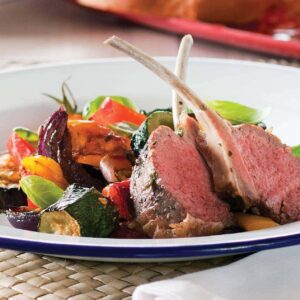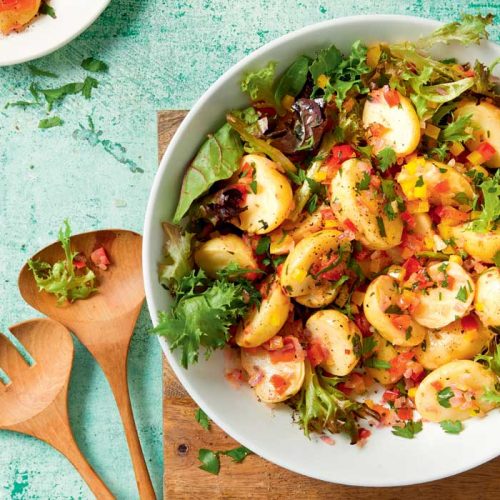
You will have seen the list of NEEDN’T foods released recently by researchers at the University of Otago. The list was developed as part of a treatment programme for obesity, and has 49 foods which are high in fat, sugar and calories and low in essential nutrients.
What we saw in the media was this list portrayed as a ‘blacklist’ of ‘banned’ foods never to be eaten. People said it was the start of a fat tax, and the food police telling us what to eat.
I think what was lost in the flurry of coverage was a lot of context. Remember, this list was created to help people who are obese. No obese person got there by eating everything in moderation, in appropriate portion sizes. If we all knew naturally how to eat that way, arguably we wouldn’t need a list of foods to avoid.
Many of the foods on the list will surprise no-one. We don’t need biscuits, cake, chocolate or wine. No-one could think that pies or crisps or energy drinks are healthy foods. But the fact is, we like eating these things. They taste good. They give us pleasure. They’re foods that are easy to crave, and because of that, for some people it might be better never to have them. But for most of us, there’s no reason we can’t enjoy these foods, in the context of a healthy diet.
And context is the key. What some – maybe many, if our expanding waistlines are anything to go by – of us have lost is the ability to handle these foods as what they are: occasional treats. People were surprised at things like honey being on the list. But think about context. Honey is a great food, if you have a little bit on your wholegrain toast a few times a week. But if you are adding spoonfuls of honey to four cups of tea or coffee a day, you’re probably no better off than if you were adding sugar. Muesli bars – also on the list, and which many people see as a healthy choice – can be no better than cakes if they are loaded with saturated fat and sugar, as some are. But there are also some good ones out there. You have to know what to look for on a label. This kind of contextualising is what we do all day long at Healthy Food Guide.
What we eat is personal. And it’s often emotional. The reasons we become overweight are sometimes despite all we know about healthy eating. We shouldn’t think of lists like the Otago one as ‘big brother’ telling us what not to eat. We should think of it as a tool and a reminder of what we really, in our hearts, already know: that there are foods we’re wise to be cautious with. We don’t have to avoid them altogether and forever. But if this list makes us think even a little more carefully about our food choices, it’s probably a good thing.
www.healthyfood.com
















